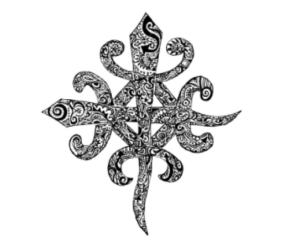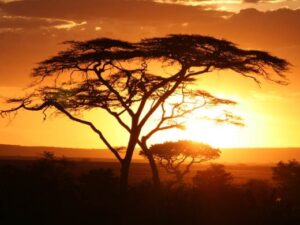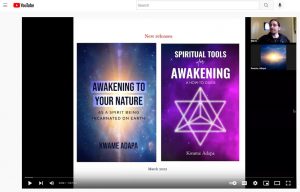I have often wondered why I was so drawn to the works of Carlos Castaneda, taught to him by Juan Matus, a brujo (sorcerer, who was really a seer) of the Yaqui Native American people of Sonora (Mexico), and also of Arizona. For the last 23 years to date, I have explored this paradigm and have now mastered its main teachings. It is only after publishing my latest book, Kemetic Alchemy and Tantra, that I have fully figured out why. The teachings of Juan Matus come from the Toltec culture, related to the Aztec people. The Aztec of Mexico and the Akan of West Africa had virtually the same root. That root, what these two groups of people in Africa and in the Americas share, is the group that I call the Asar-Aset-Heru sect in my new book. This was the faction of Enki/Ptah, a rebel Sirian-Reptilian leader (rebelled against the Annunaki and their Reptilian leadership) who was more on the side of Earth humanity than against it, and was contrary to the generally controlling ways of the Annunaki and their powerful leaders. The Enki/Ptah faction was identified with in Mesoamerica as the deity Kukulkan, also known as Quetzalcoatl, the feathered serpent.
The one feature that Akan, Igbo, Aztec, and even Annunaki all shared, was that of the step pyramid. This is because among the ranks of each of these people were/are a priestly group. They were builders. The building of the step pyramids were designed and led by a group I call in my new book the “DiaMo” people. The DiaMo were the builders of the step pyramids and the temples of the ancient black world. To find out more about the DiaMo people, you can check out the sample pages of the paperback of the book Kemetic Alchemy and Tantra on Amazon. In Ancient Kemet (Egypt), one among their number, was Imhotep:
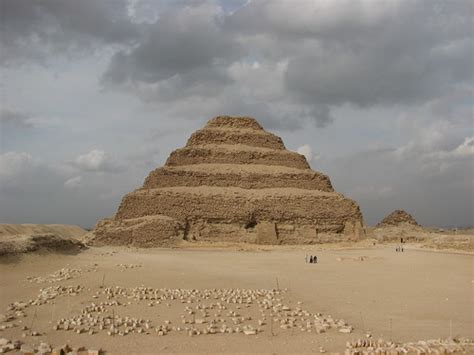
Imhotep was an ancestor of black people walking around Africa today. I am saying this in the literal sense, not figuratively. There are people alive today, among whom one of their ancestors was Imhotep. Imhotep’s title in Ancient Kemet was ‘Chancellor of the Pharaoh Djoser and High Priest of Ra’. Let’s unpack this title. The Pharaoh Djoser. That was the second Pharaoh of the third dynasty. He too, is a literal ancestor (not figurative) of many people in Africa (and elsewhere around the world where there are descendants of black people). The people of Asante descent (Asante is one of the major Akan groups of West Africa) may recognize that the name ‘Djoser’ is another way to write ‘Osei’. The current king of Asante, is Osei Tutu II. This is not an isolated case. In fact, in my new book, I list all the Pharaohs of the third to early sixth dynasty who are literal ancestors of present-day Akan, and other Africans. The current peoples of Africa who are related to these Pharaohs are part of a second group of people, the “DiaLa” people. Who the DiaLa are, is also explained in the appendix of the book. However, for the benefit of the reader, here is the list (there are other Pharaohs beside these ones, who are also ancestors of Africans, but this list is literally the ancestors of Akan royals from among those who were Pharaohs in Ancient Kemet):
Nebka, Djoser, Sekhemkhet, Hudjefa II, Mesochris, Nebkara, Neferkara, Huni, Sneferu, Khufu, Radjedef, Khafra, Menkaura, Shepseskaf, Baufra, Thamphthis, Hordjedef, Userkaf, Sahura
Some people might find this revelation to be controversial or even unsettling because they may find it difficult or even incredulous to associate Pharaohs with black people, not least black people who are still alive today. But I assure such people, if you do your research diligently and correctly, I would be surprised if you arrive at a different conclusion. Now, for the list just given, apart from Djoser, Akan people will find some names that sound like they came right out of contemporary Akan language: Khufu = Akuffo (i.e., same as part of the name of the current president of Ghana, Akuffo-Addo); Khafra = Khafra (this word, which the Akan-Fante dictionary of Christaller (1933) tells us is a term of apology, can also be thought of as being a term of very high respect); Baufra = abofra (as for this one, it needs no explanation to Akan people!).
Anyway, back to Imhotep, and his title. Not only was he chancellor to Djoser (can be thought of as a prime minister), he was also a High Priest of Ra. Ra here can be thought of in two ways: one, is Ra the deity (comes from the Enki/Ptah sect, as a son of Enki), and Ra as the Sun (i.e., the star of our solar system, and of stars in general, including the central stars of our galaxy). Both meanings are pertinent, but it is this second meaning that connects Imhotep to the sect of Amun-Mut-Khonsu (if you want to learn more about this sect, and its central importance to black people since the dawn of the ages, you can read the new book to find out).
So, it shouldn’t surprise many people then, that in the ancestral memories of the Akan people, the step pyramid still features strongly and prominently. The Akan people to this day still make step pyramids out of gold, being part of their gold weights. This is because the Akan people remember. They remember the knowledge of the builders. It is in their ancestral memories, and in their secret knowledge:
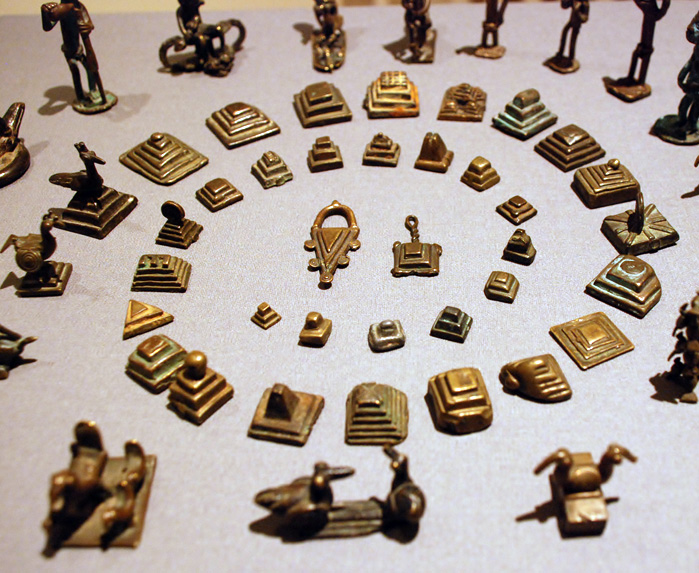
Akan gold weights
Here, we are not resorting to the explanation of “borrowing”, which was so popularly used among European anthropologists. This was/is the knowledge of the DiaMo people. They had priests among their ranks, some of which were of the highest order. In my new book, I mention that the Igbo people of Nigeria (and others closely related to them but with different names) are also of a strong DiaMo background. When I first learned this, I was greatly pleased, because I have known for a while that it is not only the Akan and the Dogon that are the descendants of the leaders and peoples of Ancient Kemet. Cheik Anta Diop has already (decades ago) shown some some of these links to African peoples, and so has Theophile Obenga. But I had heard that some Igbos are interested in the Jewish religion, and there is no surprise there. Their ancestors and the ancestors of Sephardic Jews… were among the same people. So, just as the Akan have the memories and the knowledge of the builders, so do the Igbo people (on the Igbo in the new book). The Igbo also build step pyramids, how about that, eh? Hahaha! Yes! You can read up on the Nsude pyramids of Nigeria. It is no coincidence. This knowledge is among the legacy of the DiaMo people.
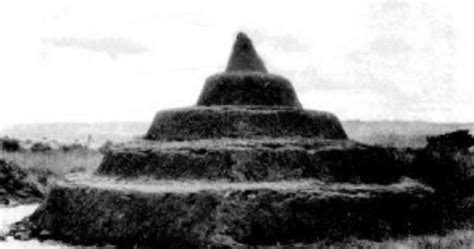
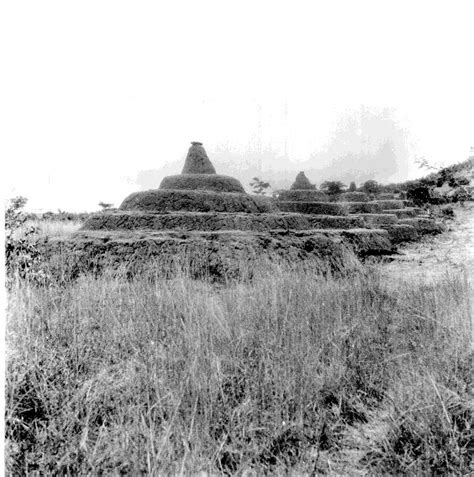
There is more to the Igbo than just these pyramids. Among their secret knowledge is the language of Nsibidi, that was used in their leopard society, a secret society that preserved some of the ancient knowledge. The manner of writing Nsibidi in this secret society is reminiscent of that used in other indigenous secret societies across Africa, and it ultimately relates to the Medu (i.e., Egyptian/Kemetic hieroglyphs). This is because the Igbo, the Dogon, and the Akan are not the only ones in Africa with the DiaMo knowledge of the builders. There were others too, such as the Baluba, the Dagomba, the Mossi, the Oromo, the Shona and several others (mentioned in the new book) who have links with this group.
Which brings us back to the Aztec, and their pyramids. Those pyramids, being step pyramids as well, were influenced by the same team (Kukulkan/Quetzalcoatl/Enki/Ptah sect) as those that influenced African and in particular Akan culture. In their case as well, the descendants of Kukulkan/Quetzalcoatl were the ruling houses while their priests (and High Priests) were among the builders. Below is an example of a pyramid from that era of the Aztec people:
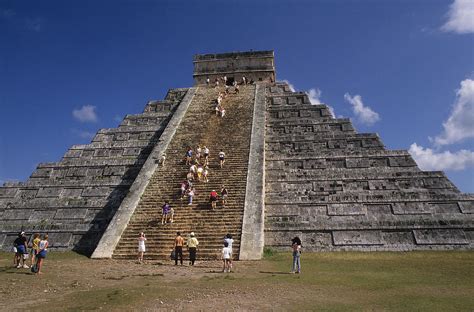
And ultimately this takes us also back to the Annunaki, who built step pyramids, and whose step pyramids in Mesopotamia are known today as Ziggurats. Much can be learned about the Annunaki from various sources, one how which are some books I have written that write about them from an African perspective.
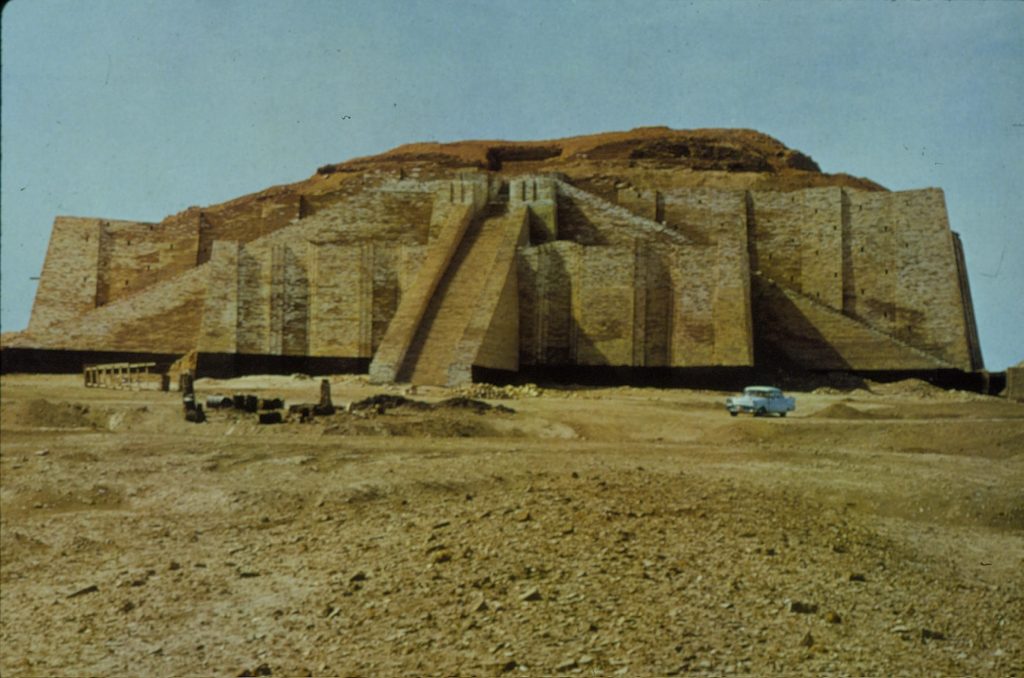
Finally, we would notice that the step pyramids of the Annunaki and of the rebels against the Annunaki (Enki group) are step pyramids. These contrast in design with the other pyramids such as the Great Pyramid of Giza whose design comes from the Guardian groups (Avian, Feline, Nommo/Nummo, etc.)
Article Themes: Ancient Egyptians, Ancient Hebrews (Sephardic), Ammonites, Matrilineal, Builders/Architects
References
The Book of Wisdom/Wisdom of Solomon [coptics.info]
Ancient Egyptian Pyramid Texts [WorldCat]
Haut – Sénégal – Niger: (Soudan Français): 1. Série: Le Pays, Les Peuples, les Langues, l’Histoire, les Civilisations. [BNF]
The Secret Doctrine, A Synthesis of Science, Religion, and Philosophy – Volume II: Anthropogenesis [WorldCat]
Related blog posts
Imhotep, step pyramids and the buried pyramids of Africa
Why the Jews call themselves “the Chosen People”
Decoding the name of the Yucatec -Mayan deity Kukulkan
Maasai, Caananites and the Inca connection — Philip Ochieng
The Inca of South America
Mande Sirian-Reptilian totems
Brief review of documentary “Ancestral Voices”

